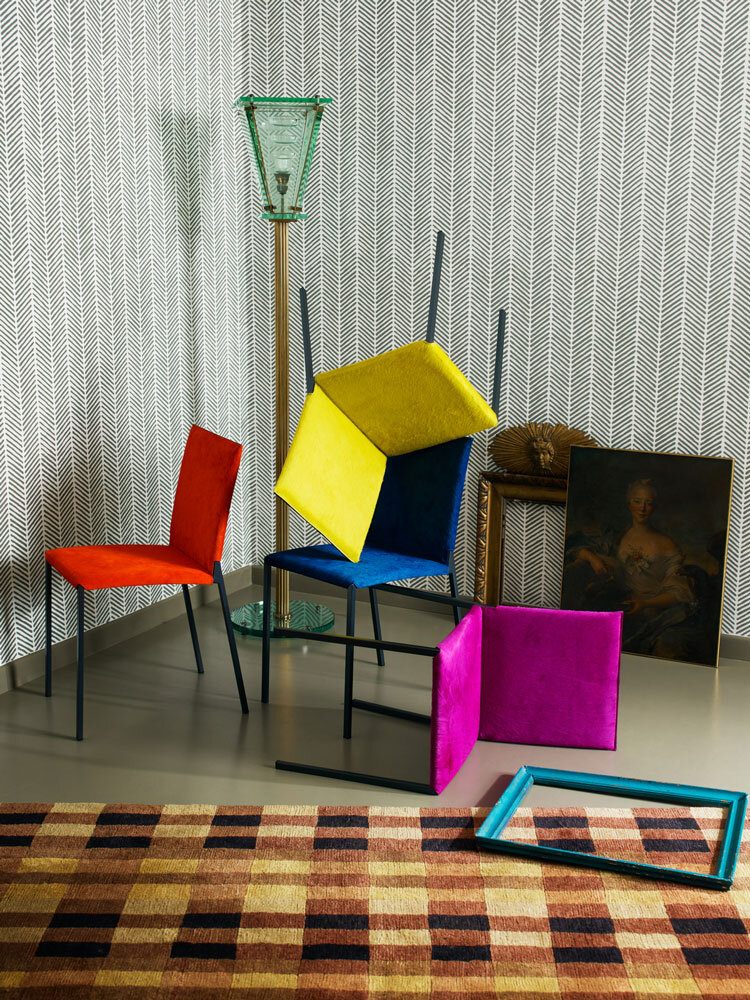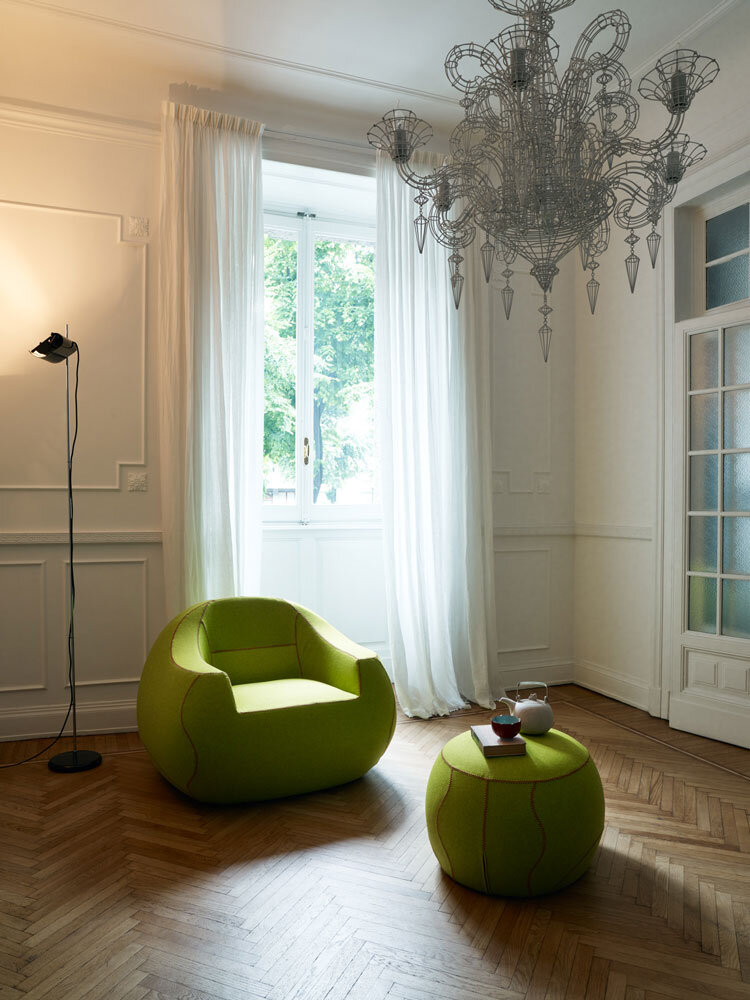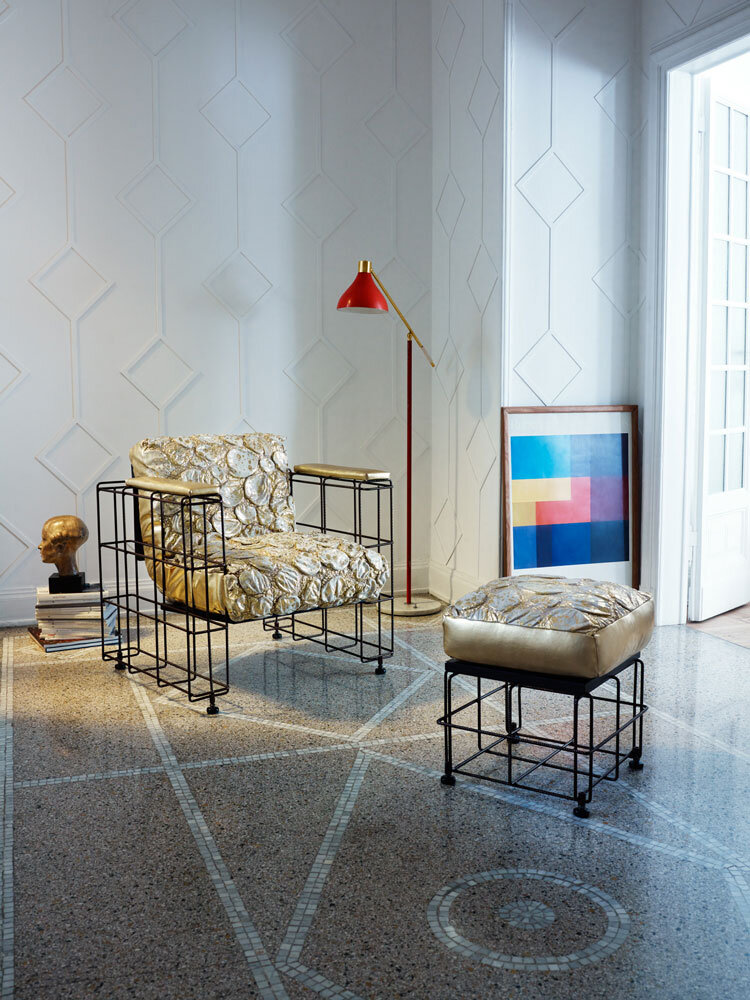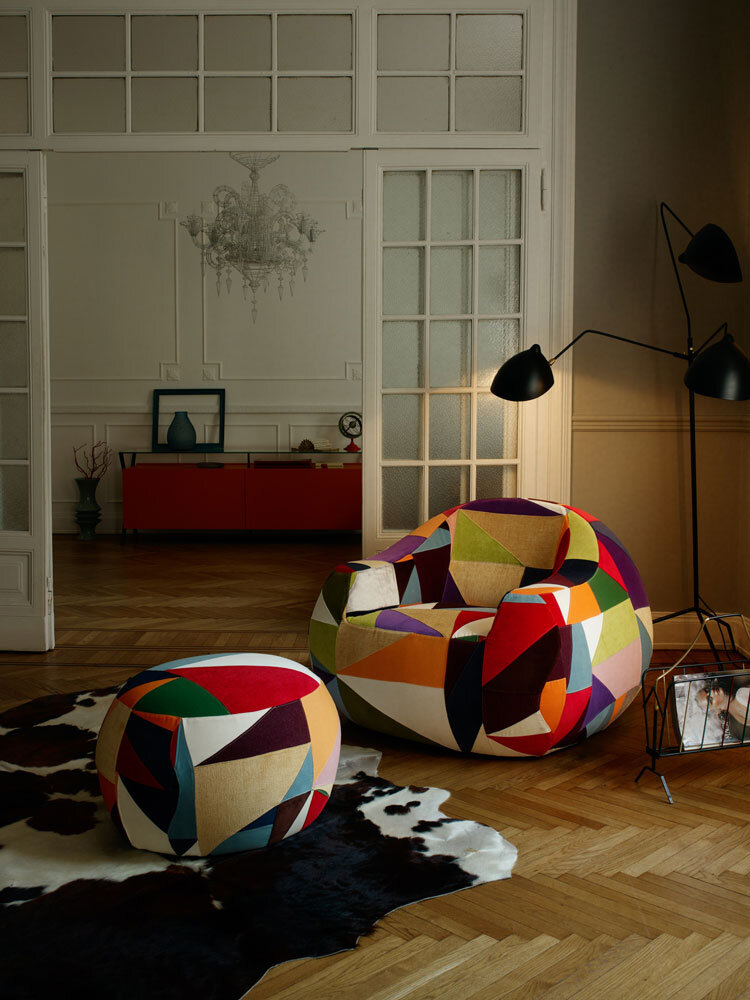Halifax is a historic brand, born in the 90’s at the heart of Brianza, cradle of master craftsmen, manufacturers of amazing hand-crafted works thanks to their skill in selecting the best materials and their advanced know-how in woodwork. Halifax always manufactured, during the years till nowadays, a highly refined product, extremely accurate in details and in the choice of the most precious finishes.
Our attention always focused on transforming the material into a functional object and a design object at the same time. Halifax initial collection offers a range of products manufactured in solid wood, with hints of memory, like the table Winston, the vitrine Vetriera and the showcase Bacheca.
After 25 years we are re-proposing these items with alternative woods. Our heritage of beauty and unique solutions characterized by a strong personality.
INTRECCI ARMCHAIR
Destructured armchair, made with combinations and overlaps of solid wood slats. The randomness in the application of the strips, made entirely by hand, makes this work a Masterpiece. Padded cushion and backrest. Removable fabric cover with “Bordino” stitching or removable double-edge stitching in visible leather.
Dimensions: L79 X P 75 X H76
STEALTH
Sofa with irregular segments, wooden frame covered with different density polyurethane foam, cushions in polyurethane foam. Partially removable fabric cover.
Dimensions: L 320 X P 157 X H 120
OTHER PRODUCTS BY HALIFAX
Source: Halifaxgroup.it



























